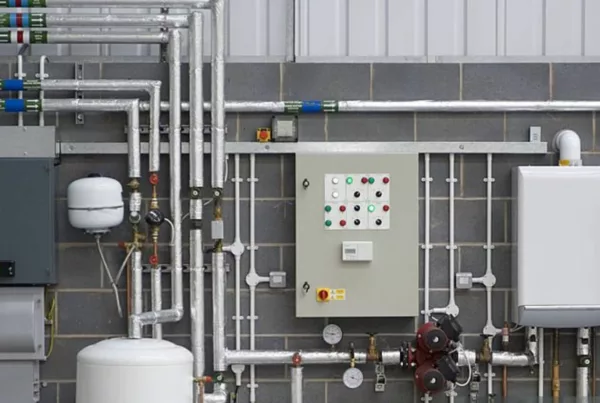The Limerick Institute of Technology (LIT) recently provided students and scientists with the opportunity to go on an Antarctic expedition to learn more about Antarctic climate change. The expedition’s goal was to gather data to determine the impact of climate change on local wildlife through measurements of sea and air temperatures as well as salinity levels. A crucial part of the Earth’s climate system, the Antarctic is a sensitive barometer of environmental change. With the extreme weather conditions found in the Antarctic, LIT needed to find durable, reliable and accurate equipment for the expedition.
The Antarctic Circumpolar Current (ACC) is an ocean current that flows from west to east around Antarctica. All of the world’s major ocean basins are enclosed by land except at this southern boundary where the circumpolar front acts like a pipe that connects all these ocean basins allowing a global ocean circulation pattern. At high latitudes where the ACC is located, cold water and saline become heavy and sink deeply into the current, while warm water replaces the sinking dense water. This exchange between the cold and warm waters helps to maintain the earth’s climate. Understanding how the Antarctic is responding to current climate change is essential for researchers to be able to more accurately predict future climate change and provide accurate information to politicians and policy makers.
LIT called upon its neighbor and partner in research, EpiSensor, to provide them with the correct tools to obtain accurate data. EpiSensor, a global leader in ZigBee® wireless technology, recommended their ZigBee TES-10 Temperature Sensor with an added probe for this expedition, not only to fulfill the accuracy and precision requirements but also to address the extreme temperature zone, operating in as low as -40C degrees. Utilizing ZigBee technology allows battery-operated wireless sensors to report readings back immediately to a database without the limitations of a wired system requiring cables and wires. For this expedition, EpiSensor put the TES-10 into a weather-proof enclosure and attached it to the deck of the ship. The actual sensing element was placed in a waterproof probe at the end of a cable and connected to the TES-10 enclosure, allowing the probe to be dipped into the water. Water and air temperature readings were sent over the ZigBee network to a computer inside the ship. Through constant air and water temperature measurements, the LIT discovered sharp jumps rather than gradual increases in Antarctic sea temperature.
“EpiSensor’s TES-10 Temperature Sensors with ZigBee wireless technology is a reliable tool that provides accurate data in an extremely harsh environment, making our jobs as scientists just a little easier”, remarked LIT environmental scientist Carol Meagher. “Because the causes and effects of climate change are amazingly complex, assembling all the pieces of the climate change jigsaw is a huge challenge. By providing accurate tools to measure and record the data the Limerick Institute of Technology required, EpiSensor provided a significant contribution to meeting this challenge,” commented Gary Carroll, Chairman of EpiSensor. “We are delighted to have been a part of this expedition. It is a tribute to our research team that our ZigBee devices were chosen to perform under the harshest environmental conditions”.
Stay up to date on LinkedIn
You May Also Like



